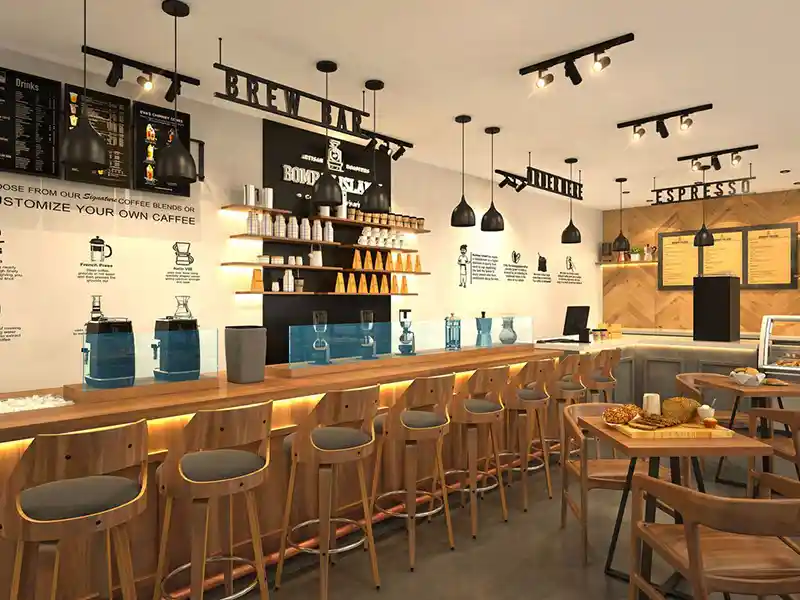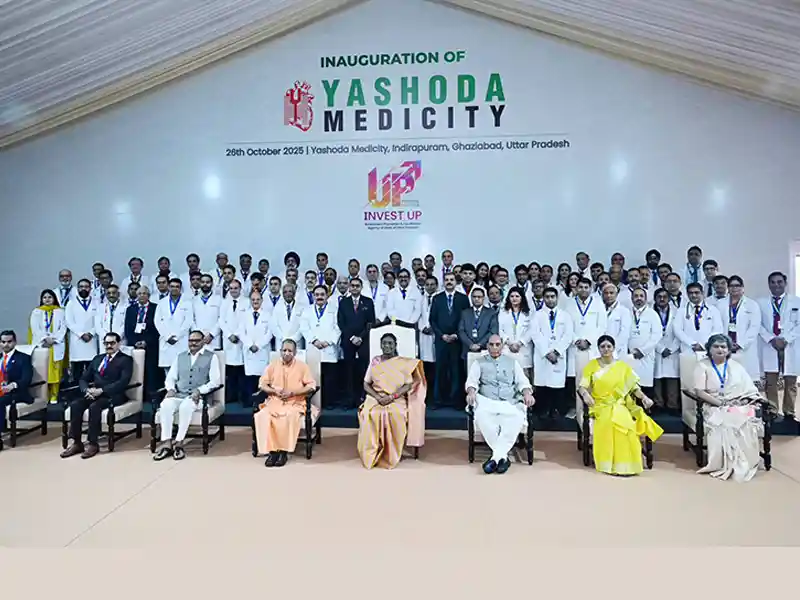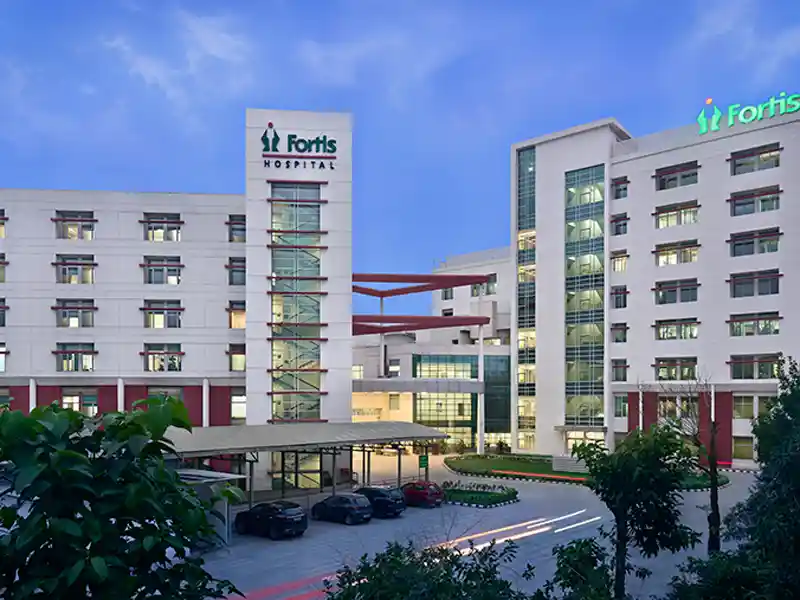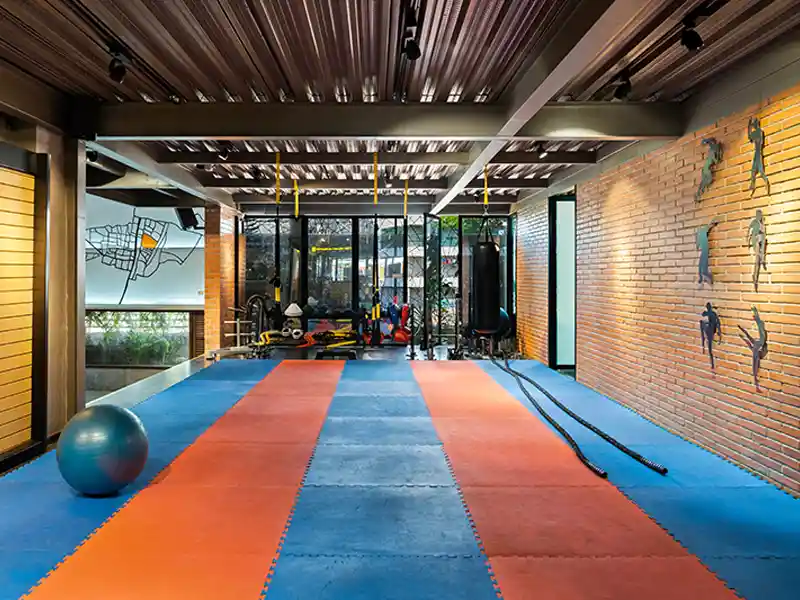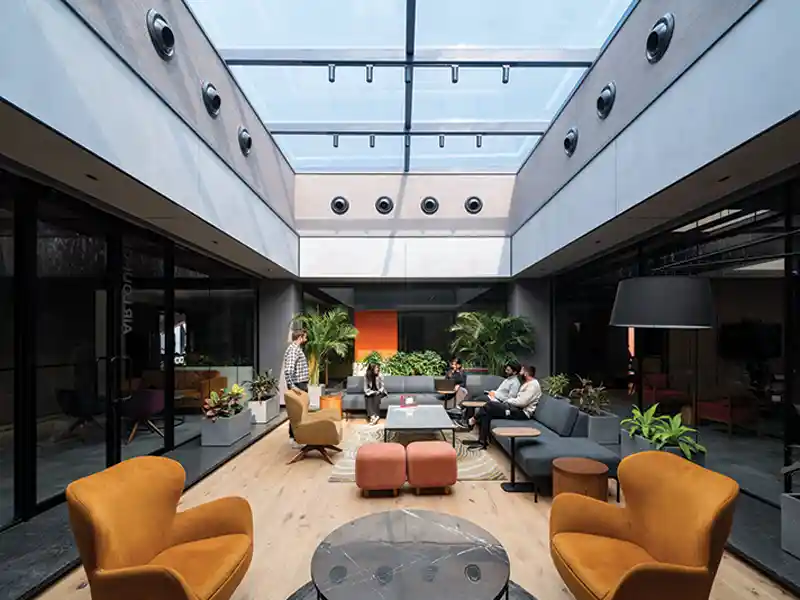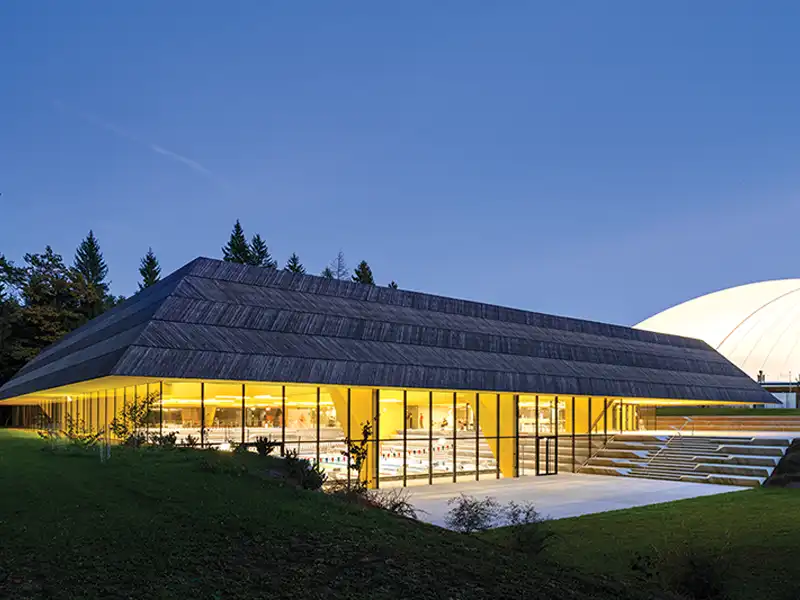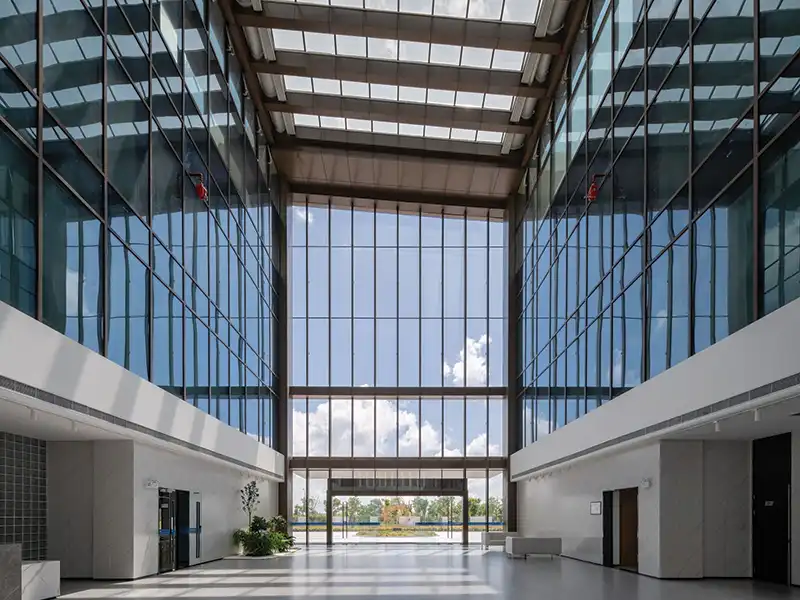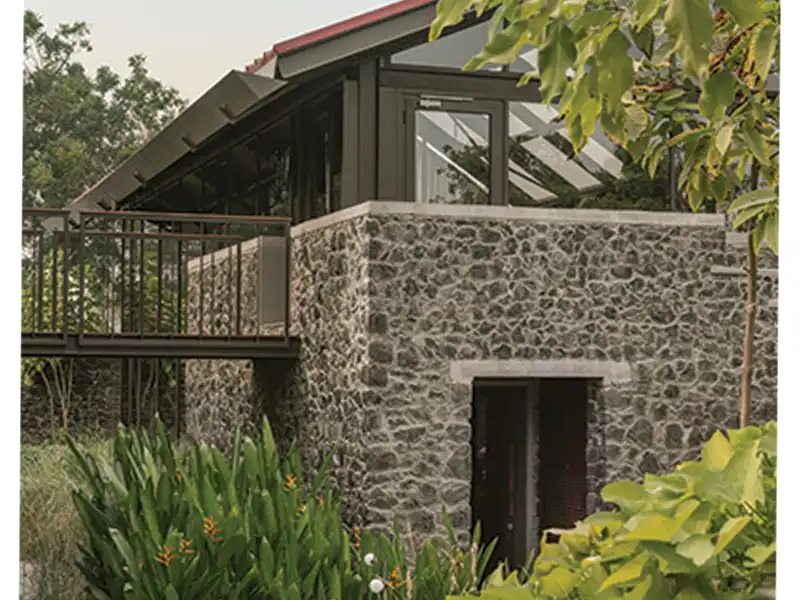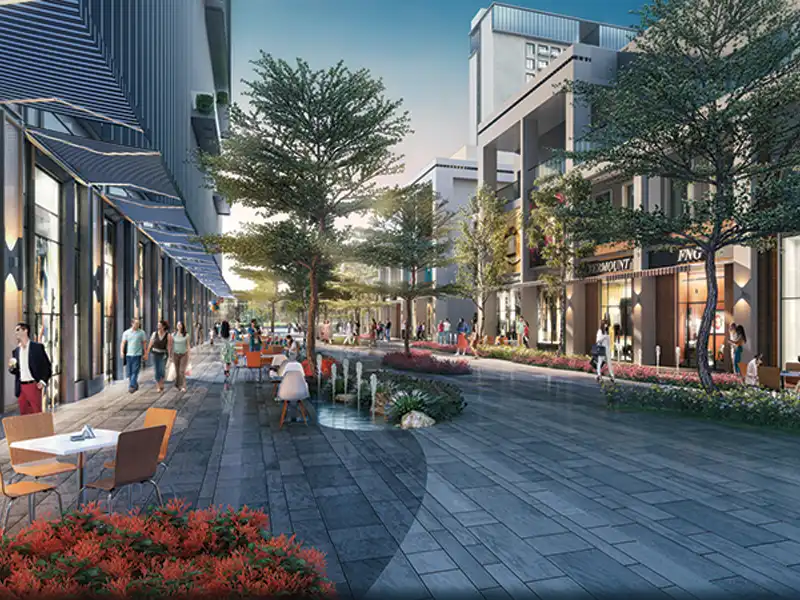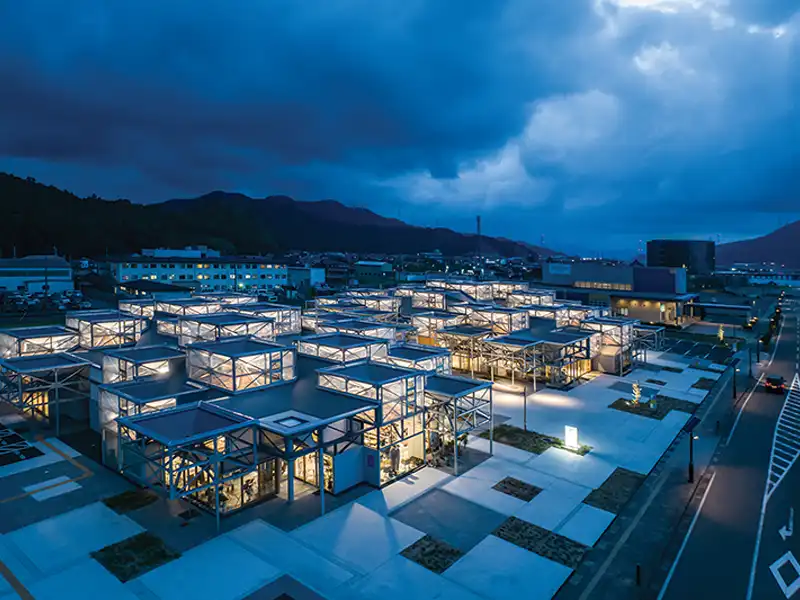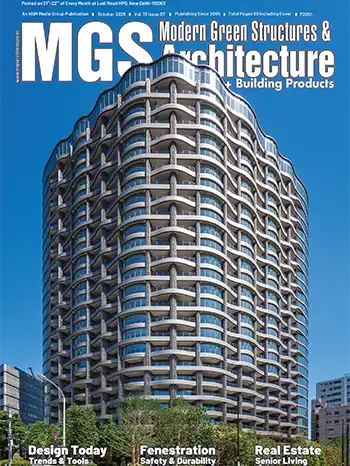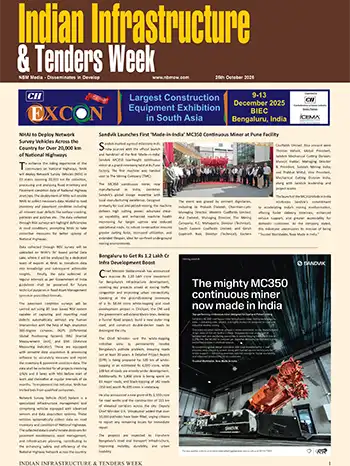
Fact File
Project: Changi Airport Terminal 2Location: Singapore
Total surface area: 120,000 m2
Customer: Changi Airport Group (CAG)
Architectural firm: BOIFFILS Architectures
Sector/project type: Airport (expansion & renovation)
Project duration: May 2018 - Nov 2023
Photo credits: Changi Airport Group - Fabian Ong
Source: V2com
Recognized for finding solutions to complex problems, and for its familiarity with Asian culture and markets, BOIFFILS Architectures was able to bring significant artistic and cultural elements to the project. Originally built in the 1990s and renovated in 2003, at a time when efficiency prevailed, BOIFFILS Architectures prioritized passenger pleasure and comfort through punctuations of visual, auditory, and interactive experiences.

The project spans three levels, including Arrival and Departure halls, and a mezzanine on Level 3 where food and beverage options are available. Leveraging their extensive experience in shopping mall design, BOIFFILS Architectures developed efficient circulation patterns and welcoming environments, which were critical components of their vision for the project.
The project was designed as a journey across an indoor landscape encompassing minerals, water features, and lush vegetation in various forms and densities. Rich earth tones, noble materials, and high-tech elements were integrated into the environment. Upon arrival in the departure level, bright, colorful carpeting evokes aerial views of land and sea, with colorful and textured lines representing the sedimentary layers of the earth. Vegetated columns extend from the ground floor, forming multiple atriums inspired by nature and its elements.

Borrowing from contemporary hotel hospitality, BOIFFILS Architectures humanized the check-in process, making it quick and efficient. The open floorplan positions each of the automated check-in kiosks and baggage drop belts as uniquely shaped and positioned islands, rather than as traditionally linear counters. The idea was to make the hall as panoramic and open as possible, with smooth circulation.
Upon arrival in Terminal 2, travelers descend a set of escalators to a highly automated and streamlined immigration zone, where they are surrounded by an environment of vegetated walls and colorful carpeting, and clear, unobstructed views from the immigration zone through to the baggage carousels.
The entire project is a dialogue between technology and nature, but with the technology largely concealed to highlight the natural elements
A complex ceiling structure in the Departure Hall conceals a world of its own, where a network of essential catwalks provides access to a multitude of mechanical systems. Developed through parametric design, the architects created an intricately baffled ceiling composed of aluminum blades, with each fin forming a double-curved configuration that arches and twists to fulfill its function. The ceiling is designed to conceal every little detail, including sprinklers, security cameras, and floor lights that are tucked between the baffles, almost unnoticeable to the eye. The nearly invisible lighting, combined with the choice of semi-polished flooring, infuses a soothing and serene vibe. Accordingly, noise levels are noticeably lower.

Throughout the garden, the tropical sounds of Singapore can be heard through bird songs, insect noises, and other local creatures, generated in real-time from a catalog of nearly 100 recordings and broadcast through an immersive 3D sound system. Use of artisanal materials wherever possible, craftsmen to create many of the elements, custom flooring made in Spain, organic counters and customized lighting from Italy, custom-designed stucco panels from France, blown glass chandeliers from Czechia, and the intricate ceiling structure made in China, are some of the highlights of the interior spaces.
The project has been proudly rated Platinum for The Green Mark Certification Scheme.

